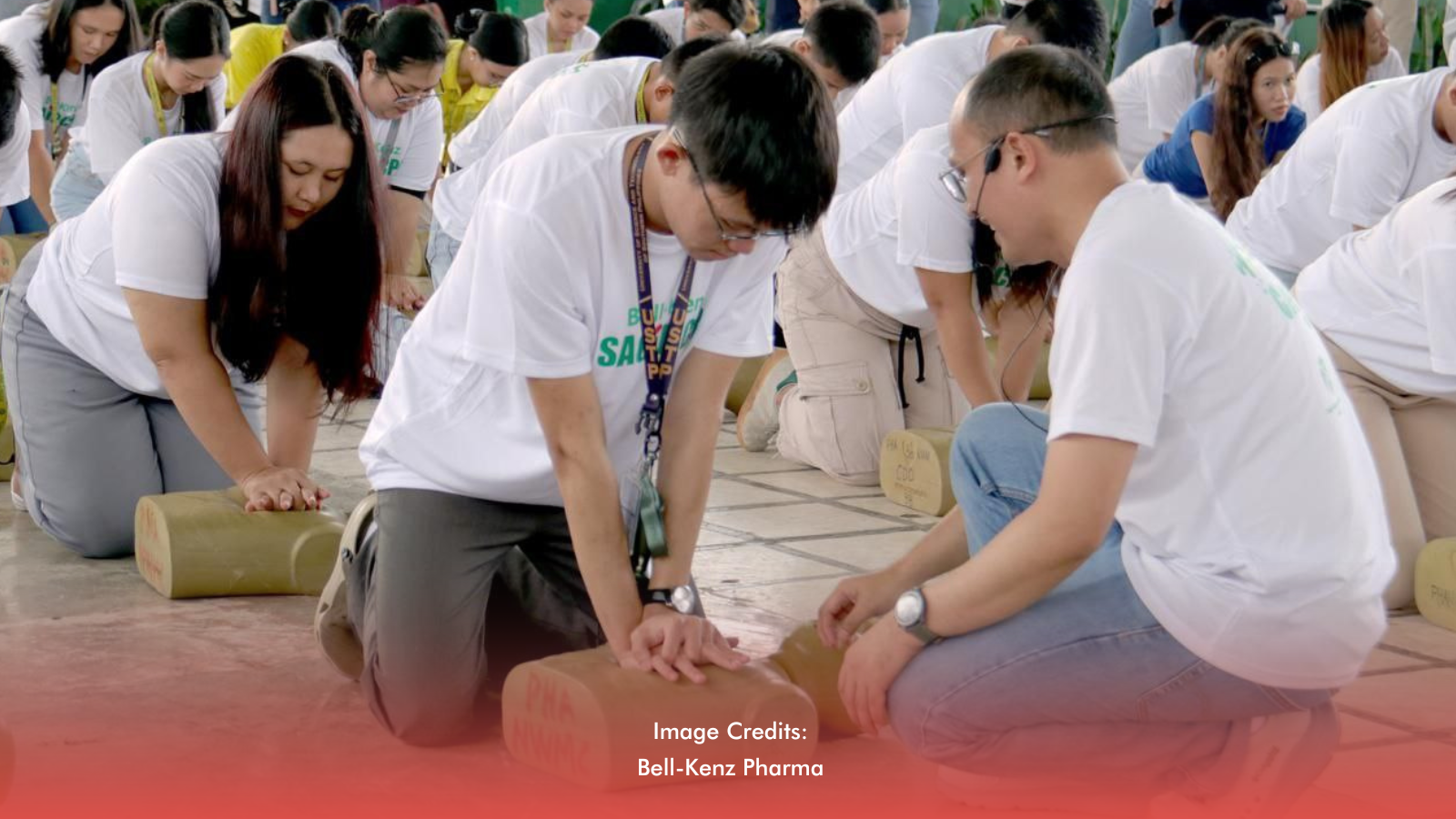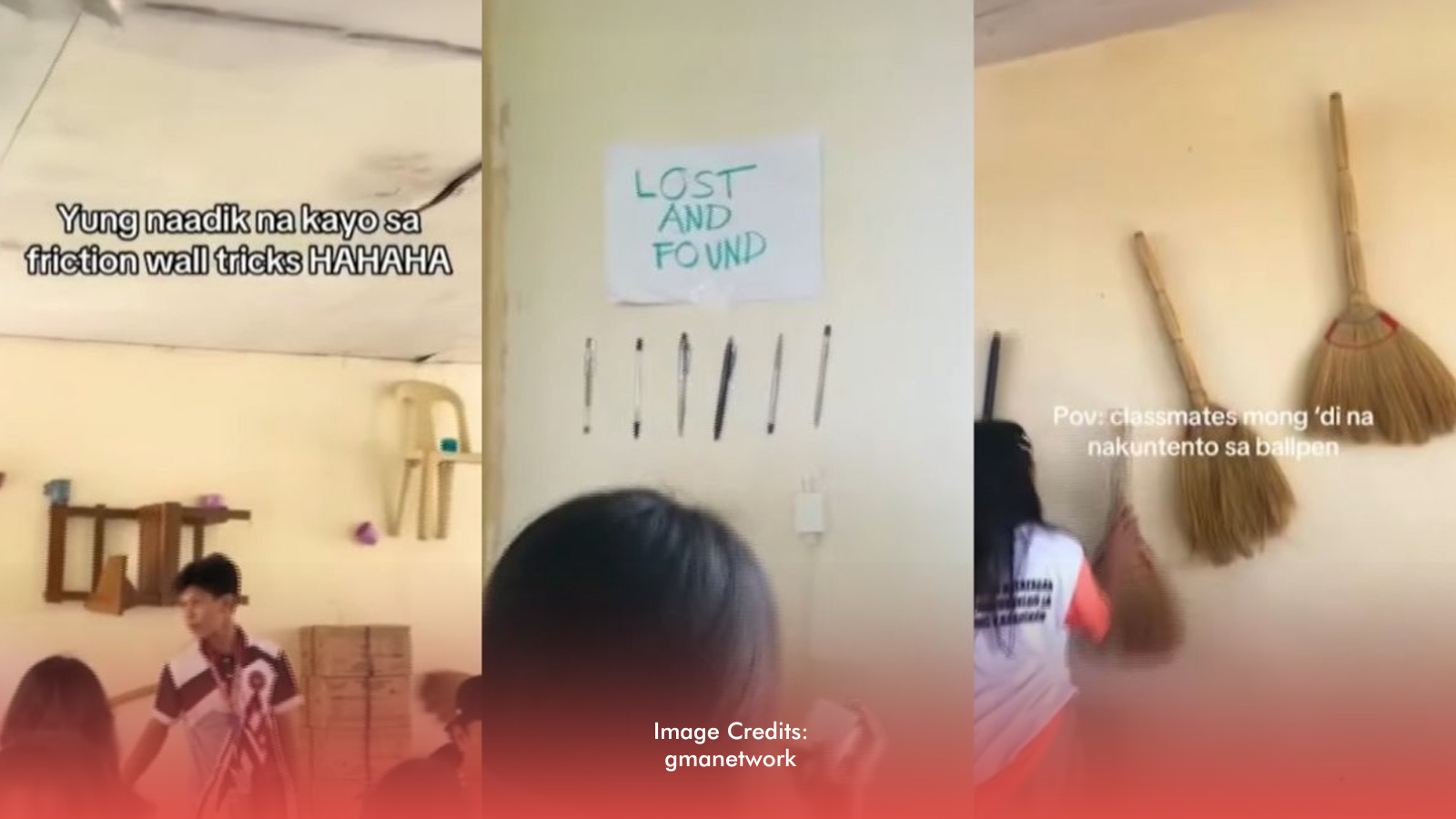On a humid afternoon in Cagayan de Oro, the roof deck of a local college fell silent except for the rhythmic thud of hands pressing against training mannequins. Students, barangay health workers, police officers, and office employees moved in unison, counting under their breath as they practiced chest compressions.
The exercise was part of Sagip CPR, which teaches cardiopulmonary resuscitation (CPR) outside the walls of hospitals to turn bystanders, neighbors, and normal citizens into first responders in the moments that matter most.
RELATED: [Sagip CPR Program Aims to Build a Nation of Everyday Lifesavers]
A Silent Threat
Sudden cardiac arrest remains one of the country’s leading killers. According to the Department of Health, heart disease claims nearly one in five Filipino lives, with a significant number linked to cardiac arrest. Survival hinges on the internationally recognized "Chain of Survival"—a sequence of actions where every link is crucial. The most fragile link is often the first: immediate bystander intervention.
In the Philippines, where heavy traffic and uneven access to emergency services can delay ambulances, those first few minutes fall to the people nearby. Yet bystander intervention is rare. Studies show only a small fraction of patients outside hospitals receive CPR, leading to starkly low survival rates. The reason is not a lack of care but a lack of knowledge and confidence in a moment of crisis.
Health as a Collective Duty
The program’s goal is to train one million Filipinos by rolling out sessions in schools, barangays, and civic groups nationwide. A key to this is the training’s simplicity. Sagip CPR focuses on hands-only CPR, a technique strongly endorsed by the PHA for its accessibility.
Sagip CPR is led by the Bell-Kenz Foundation Inc. (BKFI) in strategic partnership with the Philippine Heart Association (PHA), supported by the Department of Health (DOH), and carried out with local partners, including the Cagayan de Oro City Police Office (COCPO), the City Disaster Risk Reduction and Management Office, the City Scholars Association in PHINMA, PHA–Northwestern Mindanao, PHINMA Education, and PHINMA Cagayan de Oro College.
The strength of Sagip CPR lies in its focus on ordinary people. A classmate, a co-worker, or a neighbor may now be the first and most critical link in the chain of survival when cardiac arrest strikes at home, in schools, or in workplaces.
By placing this power directly in the hands of the community, the program reinforces the idea that health is not only the responsibility of hospitals or emergency responders. It is a collective duty—a promise that in the moments before professional help arrives, a fellow citizen is ready to act.
MORE LIKE THIS: [CPR, The Lifesaving Skill Every Filipino Needs To Know]








